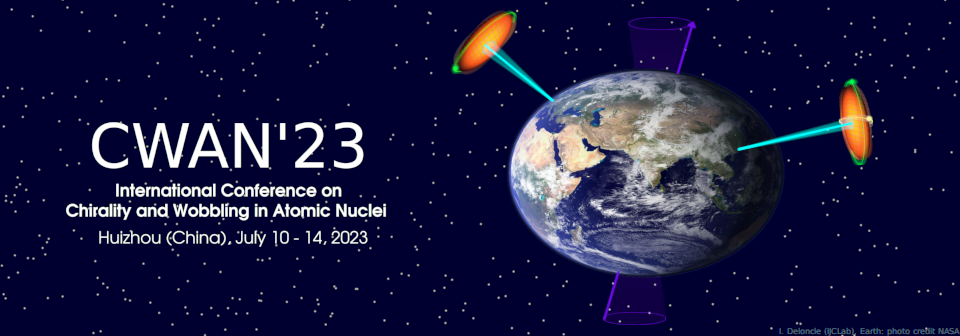Orateur
Description
Based on covariant density functional theory, the pairing correlations are studied with the shell-model-like approach (SLAP), in which the particle numbers are conserved strictly, and the blocking effect is handled precisely.
The temperature-dependent S-shaped heat capacity curve was obtained for even-even nuclei, which predicts the occurrence of the pairing phase transition near the critical temperature. Our calculations yield a smooth temperature-dependent pairing gap, representing the gradual transition from the superfluid to the normal phase. We also calculate the temperature dependence of the different seniority components and investigate the contribution of the different seniority states to the thermodynamic quantities, such as entropy and energy density. We analyze the microscopic mechanism of the onset of the pairing correlation phase transition and find that one pair of particle-broken states and two pairs of particle-broken states play a crucial role in the appearance of the S-shaped heat capacity curve for even-even nuclei.
In the case of odd-A nuclei, we find that one pair of particle-broken states still lead to an S-shaped heat capacity curve. By studying the structure of the single-particle energy level of the odd-A nucleus and the precise blocking of the single-particle level near the Fermi surface, our work concludes that the S-shaped heat capacity of the odd-A nucleus may be suppressed by its blocking effect. However, due to the influence of the single-particle level structure, the S-shaped heat capacity curve of $^{171}$Yb appears, which should have been smoothed out by the blocking effect.
Also, since Ehrenfest's definition does not apply to small systems, Lee-Yang's theorem is applied to classify the pairing phase transition by analyzing the distribution of zeros of the partition function in the complex temperature plane. The distribution of zeros of the partition function converges with increasing particle numbers and illustrates the characteristics of the phase transition. In our calculations, we determine the first order of the phase transition near the critical temperature. Different seniority states show the pairing phase transition from a superfluid to a normal phase, ranging from fully paired states to completely unpaired states.

